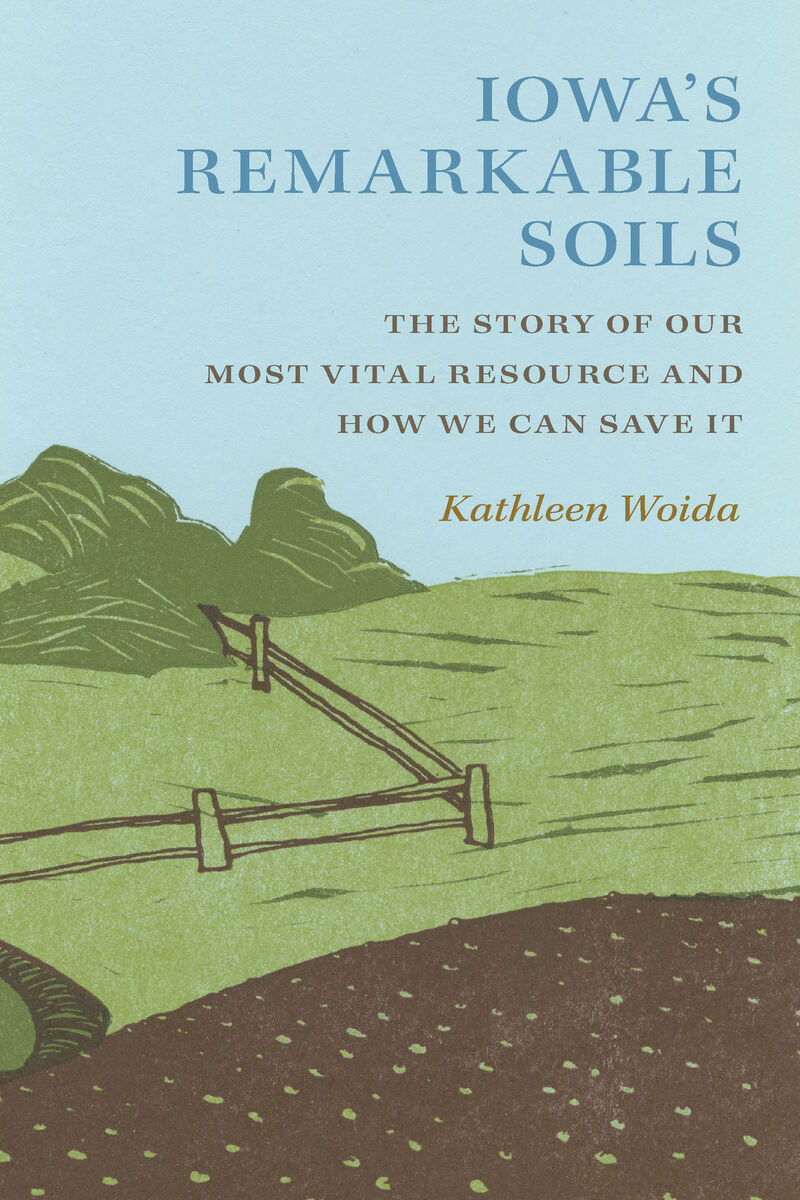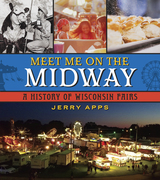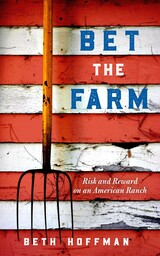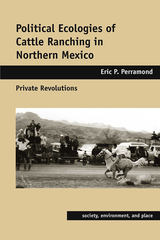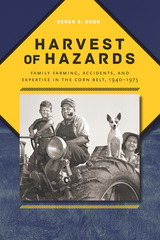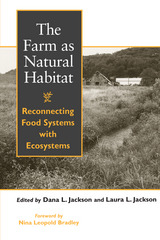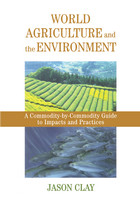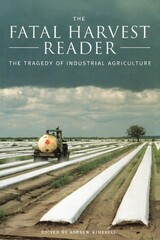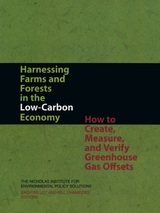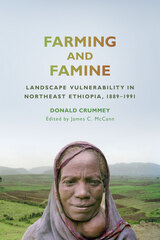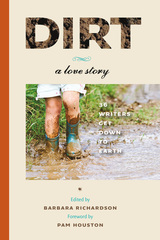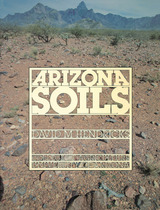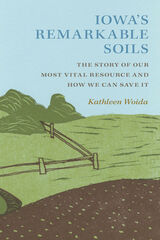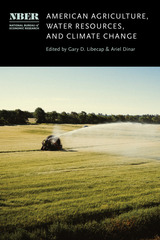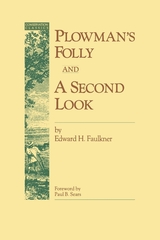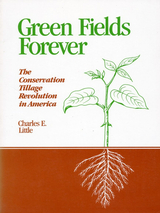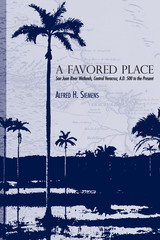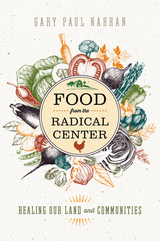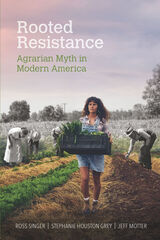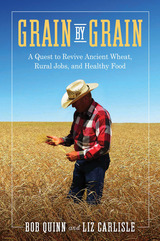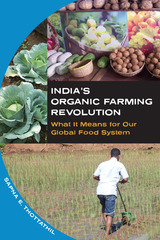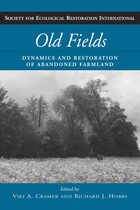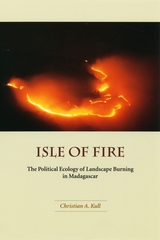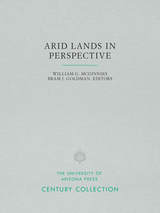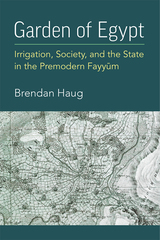Iowa's Remarkable Soils: The Story of Our Most Vital Resource and How We Can Save It
University of Iowa Press, 2021
Paper: 978-1-60938-750-1 | eISBN: 978-1-60938-751-8
Library of Congress Classification S599.I8
Dewey Decimal Classification 631.409777
Paper: 978-1-60938-750-1 | eISBN: 978-1-60938-751-8
Library of Congress Classification S599.I8
Dewey Decimal Classification 631.409777
ABOUT THIS BOOK | AUTHOR BIOGRAPHY | REVIEWS | TOC | REQUEST ACCESSIBLE FILE
ABOUT THIS BOOK
Sometimes called “black gold,” Iowa’s deep, rich soils are a treasure that formed over thousands of years under the very best of the world’s grasslands—the tallgrass prairie. The soils are diverse and complex and hold within them a record not only of Iowa’s prehistoric past, but also of the changes that took place after settlers utterly transformed the land, as well as the ongoing adjustments taking place today due to climate change. In language that is scientifically sound but accessible to the layperson, Kathleen Woida explains how soils formed and have changed over centuries and millennia in the land between two rivers.
Its soils are what make Iowa a premier agricultural state, both in terms of acres planted and bushels harvested. But in the last hundred years, large-scale intensive agriculture and urban development have severely degraded most of our soils. However, as Woida documents, some innovative Iowans are beginning to repair and regenerate their soils by treating them as the living ecosystem and vast carbon store that they are. To paraphrase Aldo Leopold, these new pioneers are beginning to see their soils as part of a community to which they and their descendants belong, rather than commodities belonging to them.
Its soils are what make Iowa a premier agricultural state, both in terms of acres planted and bushels harvested. But in the last hundred years, large-scale intensive agriculture and urban development have severely degraded most of our soils. However, as Woida documents, some innovative Iowans are beginning to repair and regenerate their soils by treating them as the living ecosystem and vast carbon store that they are. To paraphrase Aldo Leopold, these new pioneers are beginning to see their soils as part of a community to which they and their descendants belong, rather than commodities belonging to them.
See other books on: Iowa | Regional | Soil conservation | Soil ecology | Soils
See other titles from University of Iowa Press
